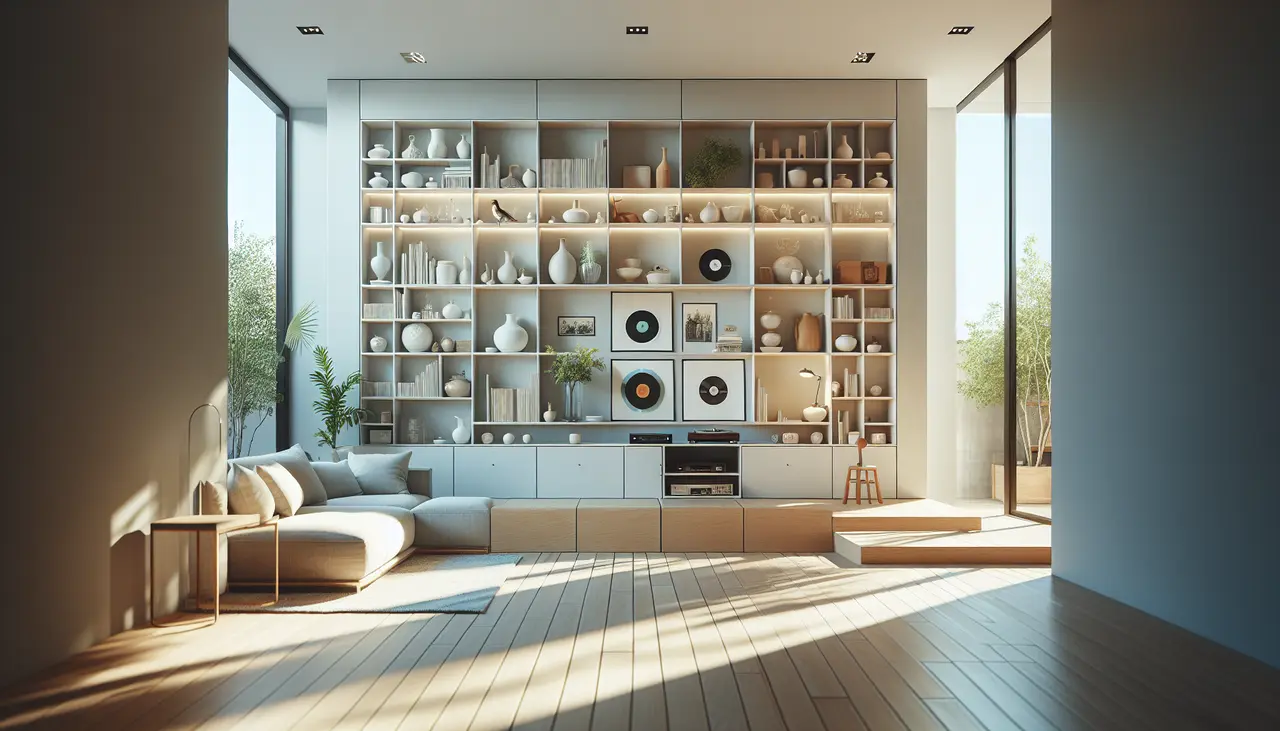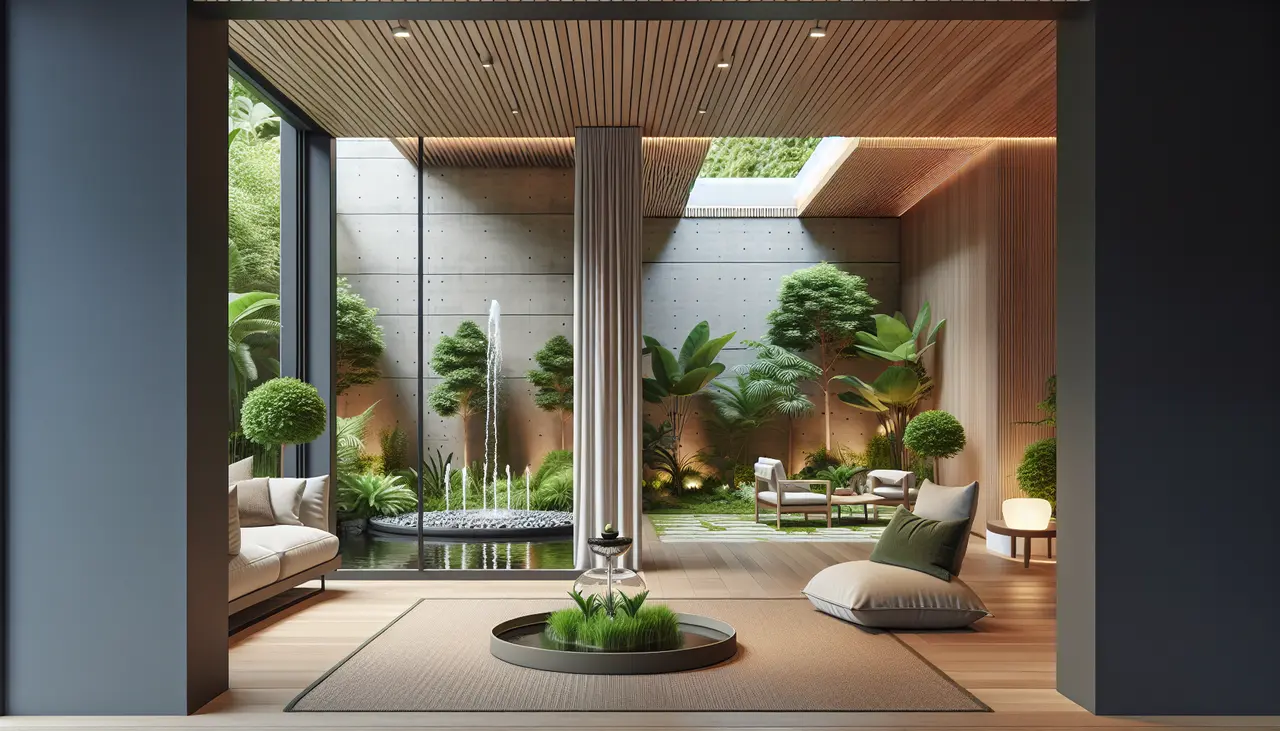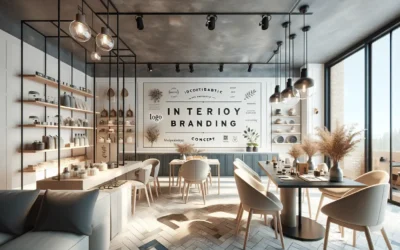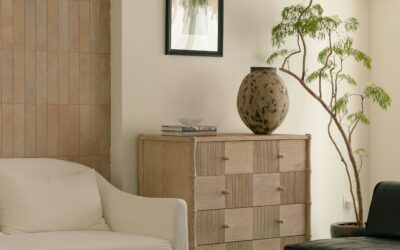Designing for Emotional Balance
Colors, textures, and lighting are often overlooked elements that dramatically impact our emotional health. The gentle hues of a well-curated space can evoke serenity, while contrasting textures add an element of interest, keeping our senses engaged without overwhelming them. The subtle warmth provided by soft lighting can transform a space into a haven of relaxation and reflection. When these elements work together harmoniously, they create an environment that supports emotional balance by reducing stress and enhancing mood. For instance, cooler tones such as blues and greens are known to induce calmness and tranquility, which can be beneficial in spaces designated for rest, such as bedrooms. Similarly, darker, earthy textures can ground a space, providing a sense of stability.
Incorporating such thoughtful design choices is essential in combating the chaos of everyday life. When you walk into a room that feels tailored to your emotional needs, you’re likely to experience a sense of relief and comfort. This can significantly affect your daily routine and productivity levels. A designer interior isn’t just about the ‘look’ of a space; it’s about creating environments that speak to the soul’s need for rest and rejuvenation.
Functionality Meets Aesthetic
When a well-designed interior successfully marries functionality with aesthetic appeal, it results in spaces that are not only beautiful but also incredibly practical. Imagine a living room where every piece of furniture is not only eye-catching but also serves a purpose—an artful lamp that provides ample lighting for reading or a sleek storage solution that doubles as a decorative focal point. These thoughtfully chosen elements enable us to move through our daily lives more fluidly, offering convenience while simultaneously uplifting our spirits.
Integrating technology seamlessly into design further exemplifies the blend of form and function. From hidden charging stations to smart lighting systems, these modern conveniences discretely complement the elegance of a room, enhancing its usability without detracting from its beauty. This symbiosis of function and aesthetics encourages us to engage more fully with our spaces, knowing that they cater to both our practical needs and our desire for a pleasing visual environment.

Personalization and Reflection of Identity
Your living space is a canvas to express who you are. By infusing personal touches into your interior design, you create a home that resonates with your identity, making you feel more connected and comfortable. Whether it’s through the vibrant colors of a cherished painting, the warmth of family photographs, or the textures of heirloom furniture, personalization fosters a deep sense of belonging. A personalized space is not just a reflection of personal taste; it’s an ongoing narrative of our lives and experiences.
Designer interiors that cater to personal identity offer more than visual satisfaction; they contribute to mental well-being by promoting a sense of security and sanctuary. This emotional connection to our surroundings plays an integral role in our everyday well-being, transforming our homes into personalized retreats that recharge and inspire us.
Creating Spaces for Social and Personal Interaction
Intentionally designed spaces encourage interaction, both social and personal. Socially, they provide welcoming environments that facilitate conversation, connection, and community. The arrangement of seating, the flow of a room, and the strategic use of communal areas are pivotal in sparking interactions among people. Meanwhile, quieter, more intimate corners can offer solitude and a chance to unwind, which is just as vital for our well-being.
Spaces designed with interaction in mind create the backdrop for meaningful relationships and personal introspection. Whether hosting friends for a dinner party or retreating to a cozy nook for reflection and relaxation, our surroundings have the power to shape how we connect with others and ourselves. Thus, investing in designer interiors that enhance interaction quality adds incredible value to our lives.
Sustainable Design for Peace of Mind
Sustainability in design is increasingly recognized for its positive impact on both the environment and mental health. By choosing eco-friendly materials and energy-efficient solutions, designer interiors not only lessen the carbon footprint but also introduce elements of tranquility and peace into a home. This conscious approach aligns with a growing awareness of ecological impact, enabling spaces to reflect a commitment to sustainability which, in turn, provides peace of mind to homeowners.
Moreover, the natural elements often used in sustainable design—such as reclaimed wood or organic textiles—evoke the calming essence of nature. These materials carry a timeless quality, grounding spaces with an authenticity that artificial materials can’t replicate. By integrating sustainability into interior design, the home becomes a space of harmony, nourishing both the planet and the soul.
The Transformative Power of Thoughtful Design
While visual appeal holds significant importance, the influence of designer interiors goes far beyond mere aesthetics. By fostering a sense of harmony, functionality, and personal connection, these spaces can significantly enhance your environment and well-being. Choosing thoughtfully designed interiors could be a transformative step toward a more fulfilling life.








